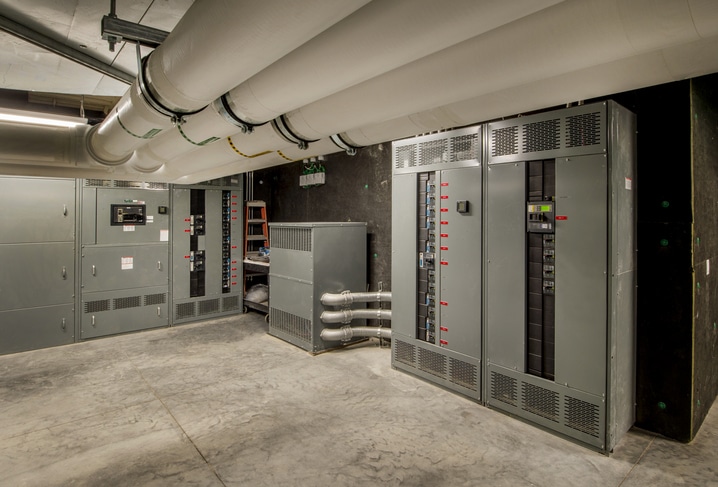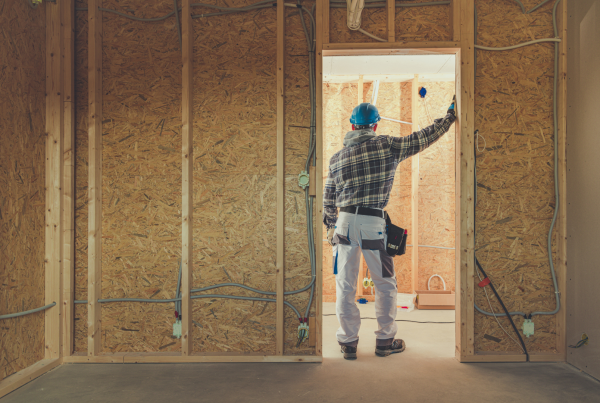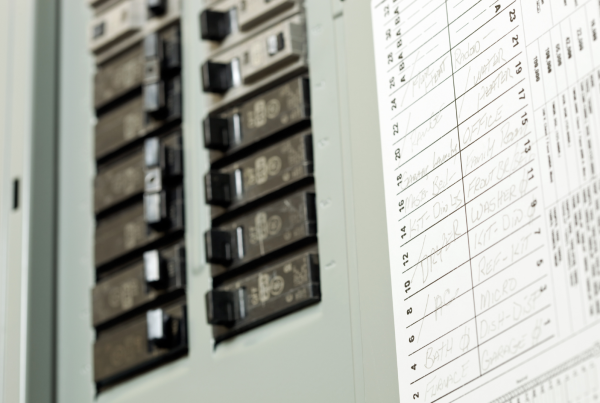The type of and capacity of circuit-breaker you choose is determined mostly by a handful of core factors:
- The environment where it needs to be installed (average temperature, kiosk or switchboard enclosure, climate, humidity, etc.)
- Electrical system characteristics (AC or DC, voltage, etc.)
- The load it is going to have to bear, i.e., operational specifications, LV/LV transformers, and more.
- The type of telecommunications system that will be associated with it for reporting, coordinating and handling emergency situations.
- Technological requirements, i.e., implementation of smart systems or remote handling.
- Regulations.
So with all that in mind, let’s take a closer look at the things you or your electrical contractor will need to consider when replacing your commercial circuit breaker, or simply when diagnosing a problem with the current one.
How Electrical Contractors Choose the Right Commercial Circuit Breakers
Ambient Temperature
Whether it is a high-voltage circuit breaker or a low-voltage sub-breaker for the distribution system, the first and most important choice to make is concerning the ambient temperature and rated current. For low-voltage distribution circuit breakers, choose circuit breakers that are rated for:
- 30°C for domestic or commercial distributive CBs (IEC 60898)
- 40°C for industrial CBs (IEC 60947) series
Uncompensated Thermal Magnetic Tripping Units
Commercial sites need to have circuit-breakers that have uncompensated thermal tripping units with a trip current level set according to the climate/environment temperature. If the breaker is in a hot location or an enclosed area, the current required to trip these will be reduced, while well-ventilated CBs will support higher current ranges.
When running energy-intensive machinery, the unit should have a higher tripping threshold.
Compensated Thermal Magnetic Tripping Units
These units have a bi-metal strip that compensates for the ambient temperature and allows the overload current settings to be adjusted. These are better suited for enclosed electrical systems where energy-intensive CBs need to be installed.
Electrical contractors usually install these for commercial sites.
Choosing the Right Circuit Breaker
According to code, a circuit-breaker in a commercial area must:
- Either have a rated short-circuit breaking capacity equal to (or more than) the short-circuit current for a given point of installation
- Or be associated with another upstream breaker that has the necessary breaking capacity
It is important to note, as per OSHA warnings, circuit breakers are there to safeguard equipment, not people.
Circuit Breakers for Commercial IT systems
For IT systems, the electrical system may face what’s called a “double earth fault” which will require the capacity of the circuit breaker to be modified. IEC60947-2, Annex H shows the type and capacity of the circuit breaker to use according to the situation and regulations.
This is just a basic overview of some of the items that should be considered. As mentioned above, there is a lot more that goes into choosing a circuit breaker, and a lot of different criteria to consider. The more extensive your electrical system, the more robust CB you will have to choose.
This is a task best left to professionals. Skyline electrical contractors and engineers have extensive experience with commercial electrical systems and are ready to help you find and install the correct commerical circuit breaker for your needs. Get in contact with us today and see how we can help you!




